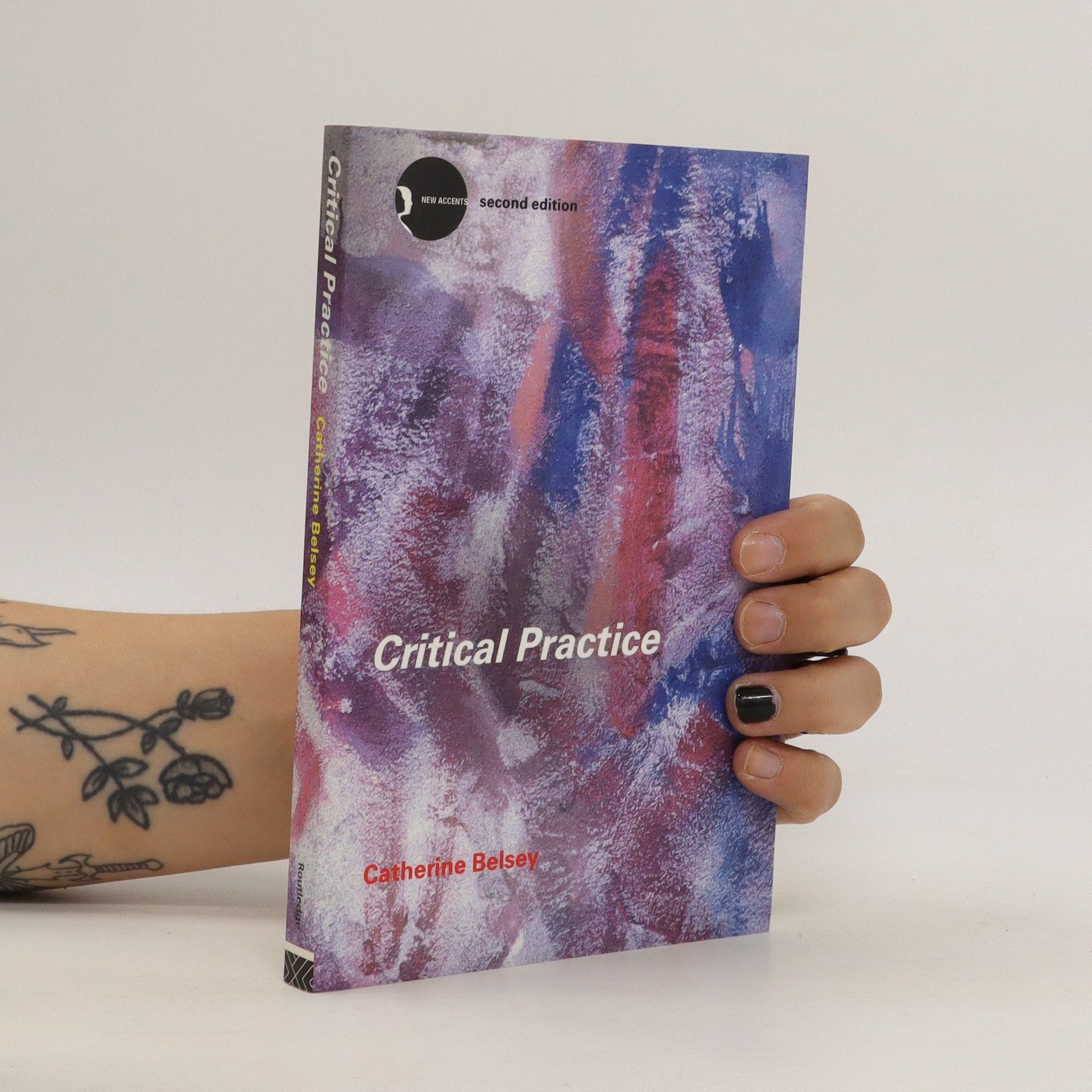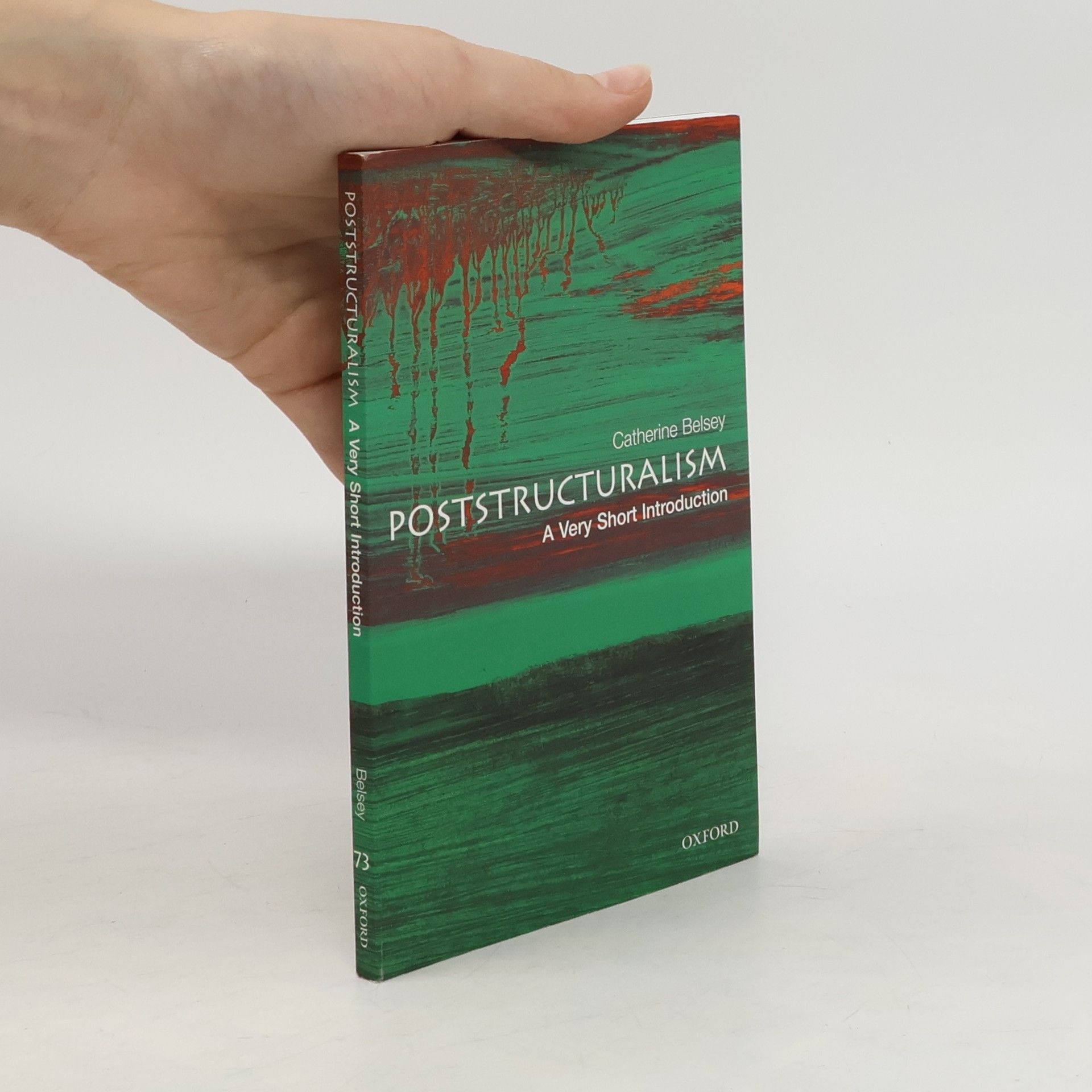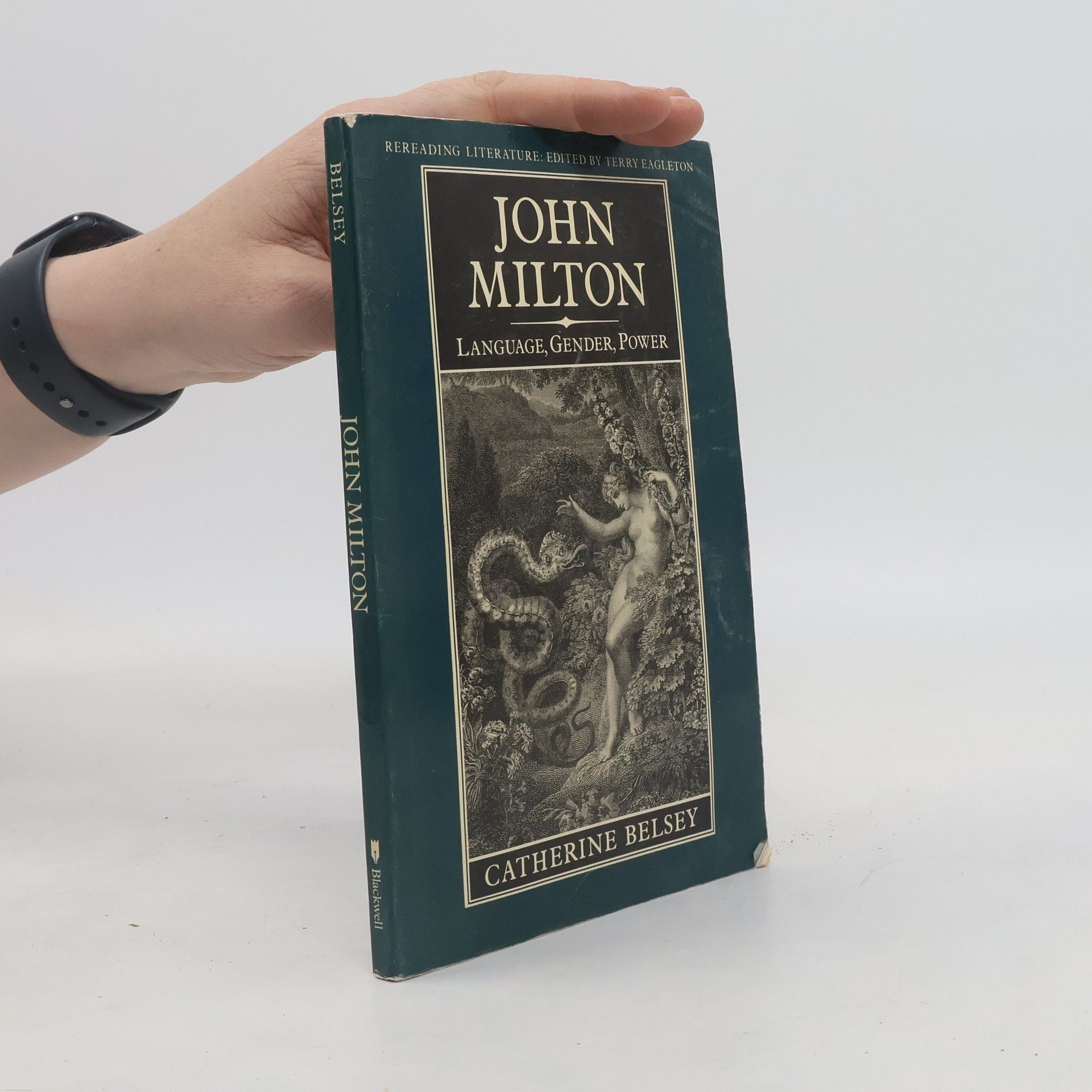Criticism
- 176 pages
- 7 hours of reading
The next introduction in the IDEAS IN PROFILE series: a snappy but serious introduction to criticism
Catherine Belsey is an internationally renowned critical theorist and a subtle, eloquent critic of literature. Her work primarily explores the implications of poststructuralist theory for cultural history and criticism. Belsey investigates the relationship between culture and the real, critically examining the limitations of contemporary constructivism. Her sophisticated approach offers profound insights into literary texts, particularly those from the Renaissance.





The next introduction in the IDEAS IN PROFILE series: a snappy but serious introduction to criticism
Professor Belsey's explains the views of recent theorists, including Jean- Francois Lyotard, Judith Butler and Slavoj Zizek, in order to take issue with their accounts of what it is to be human.
Poststructuralism changes the way we understand the relations between human beings, their culture, and the world. Culture invests us with agency and choice, but also limits the possibilities. But the cultural script is not fixed, so we can intervene to increase the options. This introduction explains how, with illustrations from art and culture.
The Milton of the critics is either denounced as pompous or admired for his grand style. The Milton of the scholars is weighed down with classical learning and Protestant theology. For the student, in consequence, Milton is a figure certainly respected, even feared - but largely unread. This book represents a Milton that challenges rather than daunts the reader. This is the Milton whose writing is a product of one of the most turbulent eras of English history, the period of the Revolution, the Commonwealth and the Restoration. In Catherine Belsey's analysis, Milton's is, in consequence, a turbulent writing, fully engaged with questions of politics, gender and language. In all these spheres, Milton's poetry and prose constitute an unresolved confrontation with difference. Produced on the threshold of the modern world, the texts foreshadow issues which are fiercely contested again today. Power is seen to be dangerous and unstable, patriachy precarious, masculinity vulnerable and the language ultimately beyond the control of the impulse to master it.
This book finds a way through often impenetrable recent theories, exploring key concepts of ideology, subjectivity and representation in the various forms put forward by different 'schools' of theorists.